It is widely believed that only specialists can grow an orchid at home. However, this is a delusion, because even a beginner can cope with this task. But first, you have to get some knowledge about the characteristics of the plant, which is planned to be grown indoors. You should find out what species the plant belongs to, what are the features of care, and also what methods of its propagation exist. The last point deserves special attention. Indeed, today there are many ways to reproduce orchids, and each of them has its own differences.
Content
Useful Tips
Many domestic gardeners have shown from personal experience that the reproduction of the phalaenopsis orchid at home is a task that everyone can solve. Breeding Phalaenopsis is a rather troublesome business, but it also brings a lot of joy. Immediately you need to be prepared for the fact that not always everything can work out the first time. If you miss any important point, then this can lead to the death of the plant. therefore you need to read the rulesthat will help to avoid unpleasant consequences.
 Correct care. So that your idea of breeding phalaenopsis at home is not a waste of time, you will have to provide the plant with proper care. Therefore, before growing flowers, you need to find out what conditions they need to create for normal development. An orchid in this regard can create certain difficulties, since it provides for a wide variety of varieties. Therefore, it is with the study of this issue that you need to start. In the future, attention should be paid to the modes, without which the orchid cannot grow well at home. We are talking about lighting, temperature, watering and fertilization, as well as humidity, dormancy and pruning;
Correct care. So that your idea of breeding phalaenopsis at home is not a waste of time, you will have to provide the plant with proper care. Therefore, before growing flowers, you need to find out what conditions they need to create for normal development. An orchid in this regard can create certain difficulties, since it provides for a wide variety of varieties. Therefore, it is with the study of this issue that you need to start. In the future, attention should be paid to the modes, without which the orchid cannot grow well at home. We are talking about lighting, temperature, watering and fertilization, as well as humidity, dormancy and pruning;- Experiment. For the most part, the orchid is a thermophilic plant, but there are some varieties that feel good in the cool. It is best to grow your orchid on the southeast or southwest side. If you have three or four windows in your apartment, then try holding a flower pot on each one in turn. At these moments, note for yourself how the state of the orchid changes. Depending on where the flowering of phalaenopsis begins faster, and you should choose a place for growing it;
- Keep a diary. Considering that you do not yet have sufficient knowledge of growing orchids, try to record everything that you can notice during your experiments. First of all, pay attention to the orchid during the flowering period. Then next year you can avoid many mistakes when you breed phalaenopsis again at home.
Reproduction by children
Experienced flower growers use different methods to breed orchids, but most often they choose to reproduce by children. They explain their decision by the maximum simplicity in implementation. This method can be used within a month or two after the end of flowering. But it's best to do it late February to mid June.
The appearance of new buds in an orchid occurs in the leaf axils.However, before that, peduncles must grow, which are formed under the old leaves. There you can find buds and two types of dormant buds. The first give life to young peduncles. The old ones help the children to appear.
The necessary conditions
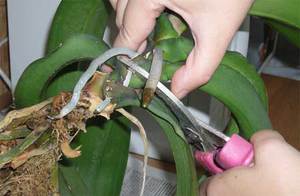 orchids can only be propagated with the help of healthy adult specimens with a well-developed root system, which should have at least 4 large leaves... You can only use a peduncle that has been growing for at least 1.5 years. During babies, it is necessary to trim it so as not to capture the upper sleeping kidney;
orchids can only be propagated with the help of healthy adult specimens with a well-developed root system, which should have at least 4 large leaves... You can only use a peduncle that has been growing for at least 1.5 years. During babies, it is necessary to trim it so as not to capture the upper sleeping kidney;- good care. With sharp temperature fluctuations, shoots begin to form. To do this, at night the temperature should be at + 17 degrees, and during the day - + 30 degrees. It is imperative to maintain high humidity. On hot days, the peri-flowering zone is sprayed. Alternatively, you can install a pallet near the orchid instead. Keep cool at night. If the moisture level is extremely low, the plants may not tolerate this and will die. With a favorable outcome, the whole matter will be limited only to the termination of the flowering of the phalaenopsis. However, in general, such hybrids can tolerate humidity at 100%... It is possible to avoid failures during the reproduction of phalaenopsis if the plant is provided with appropriate care;
- poor watering. To do this, organize a "drought", as during flowering. But it is necessary that the plant remains at least 10-14 days without watering. It is important to ensure that the flower is protected from direct sunlight at this time. Otherwise, he could be seriously injured. If watering is carried out in accordance with all the rules, then this can be understood by the roots, which should have a juicy green tint. It is necessary to maintain a short pause so that they change their color to grayish or silver, wait a few more days, after which the next watering can be carried out. If the roots are brown, then this is a clear sign that a lot of water is wasted on the plant. It is necessary to use water heated 2-3 degrees above room temperature for irrigation. This will help bring dormant kidneys out of their dormant state;
- long-term lighting. During the day, the plants should be provided with light for at least 12-14 hours... If you are unable to eliminate the lack of sunlight, then do not expect that you can successfully reproduce Phalaenopsis.
Do you need stimulation?
 Under certain conditions, orchids can form babies without intervention. If you notice that babies have appeared on the peduncle, then you just need to observe them until they have two pairs of young leaves. After that air roots begin to form... After waiting for the moment when they reach a length of 5 cm, they must be separated as carefully as possible.
Under certain conditions, orchids can form babies without intervention. If you notice that babies have appeared on the peduncle, then you just need to observe them until they have two pairs of young leaves. After that air roots begin to form... After waiting for the moment when they reach a length of 5 cm, they must be separated as carefully as possible.
If nothing like this happens, then measures are taken to stimulate the plants. To do this, you need to remove the scales as carefully as possible, and this should be done so as not to injure the sleeping kidneys. After that, a small amount of cytokinin ointment should be applied to them.
However, an alternative option can be offered here: wet moss should be placed on top of the buds and covered with polyethylene. Keep orchids warm throughout the breeding season. When the first signs of the formation of new shoots appear, the film can be removed. However, the sphagnum should be kept until the first roots are formed.
Hormonal paste It is not necessary to buy it in the store, because it can be prepared at home. This will require the following components:
- kinetin (10 mg);
- water (1 ml);
- lanolin (1 g).
After combining, all the ingredients are thoroughly mixed so that the mixture acquires a uniform consistency. If everything is done correctly, then the ointment should turn white.
Often only one lateral shoot appears during reproduction.However, this can be prevented by placing the orchid in a greenhouse. It must be constantly maintained at a temperature of at least + 28 degrees. In such conditions, the plant should be 1-5 days. After that, you need to process it again with a paste.
Caring for a baby
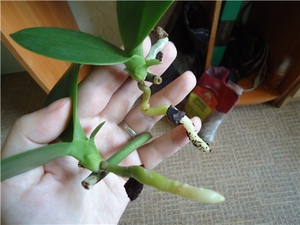 The appearance of children often occurs at the base of the orchid rosette, as well as on the peduncle. However, regardless of where they are formed, you need to wait for at least one root to form in the baby. When this happens, you can transplant the phalaenopsis baby into an individual pot. According to most growers, the roots of young shoots consume a lot of foodtaking it from the mother's outlet. Therefore, when separating them, you should not leave roots. However, they should already have four young leaves.
The appearance of children often occurs at the base of the orchid rosette, as well as on the peduncle. However, regardless of where they are formed, you need to wait for at least one root to form in the baby. When this happens, you can transplant the phalaenopsis baby into an individual pot. According to most growers, the roots of young shoots consume a lot of foodtaking it from the mother's outlet. Therefore, when separating them, you should not leave roots. However, they should already have four young leaves.
After finishing the separation procedure, you need to apply charcoal or cinnamon powder to the cuts on each part. After that, new formations must be allowed to dry out for a day.
Then they are transplanted into fine-grained soil, where the roots will grow back. Soon, the pair of baby leaves present in the lower part will begin to turn yellow. However, you should not take any action against them. When the plant has used up all its nutrient reserves, the leaves will fall off without any intervention. However, by this time the first roots will have time to form. For this process to take place without complications, you need to ensure a constant temperature within 22-25 degrees. It is best to carry out this operation in a special greenhouse - orchidarium.
If a lot of time has passed, but the roots have not yet had time to grow well, then you will have to carry out stimulation measures... Otherwise, you will have to enjoy the leaves first. Usually, with this type of reproduction, such types of hormonal preparations are used as:
- Heteroauxin;
- Kornevin;
- Epin.
In addition, you can speed up root formation in children if you put water next to them. To do this, you will need a transparent plastic box, which must be filled with foam with a hole. It needs insert a young shoot... After that, the box is filled with water and closed. At the first signs of the appearance of roots, phalaenopsis is transplanted into a fresh substrate. Sometimes not everything can be done right the first time, so certain mistakes can lead to the death of an adult plant. This is often accompanied by premature drying of the kidneys. In this case, it is best for novice growers not to use this method of orchid (phalaenopsis) propagation.
Propagation by cuttings
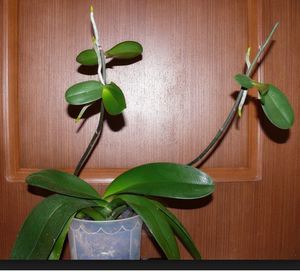 Also, a fairly popular breeding method is the use of cuttings. To do this, you need to wait for the phalaenopsis to fade. It is necessary to harvest cuttings with a disinfected pruner, for which it is treated with alcohol. You need to cut the peduncle directly under the base. Then it is divided into parts, and each should be 3-4 cm long... The dormant bud should be in the center of the cutting.
Also, a fairly popular breeding method is the use of cuttings. To do this, you need to wait for the phalaenopsis to fade. It is necessary to harvest cuttings with a disinfected pruner, for which it is treated with alcohol. You need to cut the peduncle directly under the base. Then it is divided into parts, and each should be 3-4 cm long... The dormant bud should be in the center of the cutting.
After the preparation, the cut points must be treated with carbon powder. Next, the cuttings are placed for germination in a mini-greenhouse, for which wet sphagnum is used as a planting mixture. For fast germination, the temperature should be maintained at 26-28 degrees. If enough heat and moisture is created in the greenhouse, then the cuttings grow quite quickly and actively.
You can also act differently, saving yourself from time-consuming operations. After waiting for the end of the flowering of the peduncle, you need to put it in fertilized water. In this case, a container with water should be in the sun... In such conditions, it is possible to accelerate the process of recovery from the resting state of the kidneys. Pretty soon babies will start appearing on them. According to many gardeners, those who do not want to bother themselves with the tedious process of reproduction of orchids are recommended to choose this method.
Conclusion
The orchid is one of the most popular ornamental plants grown by many domestic gardeners. Therefore, it is not surprising that they have a desire to start breeding this plant at home. Reproduction of phalaenopsis at home is not such a difficult task if you prepare for it appropriately. Considering that there are not so many breeding methods, you just need to choose the right one and follow the agrotechnics of its implementation exactly.
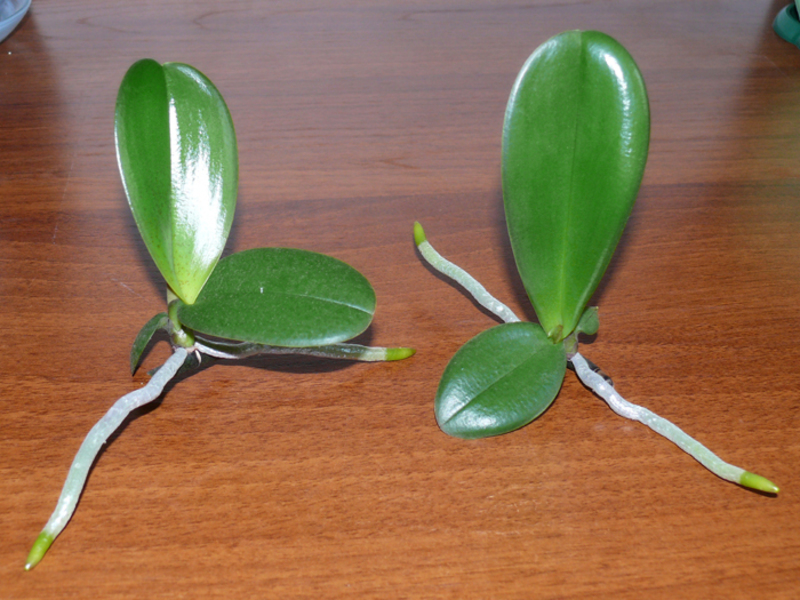

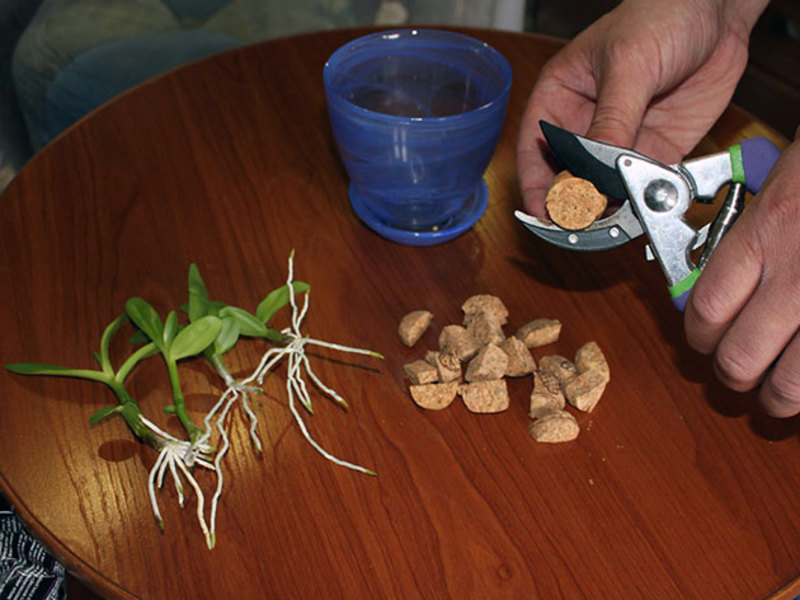
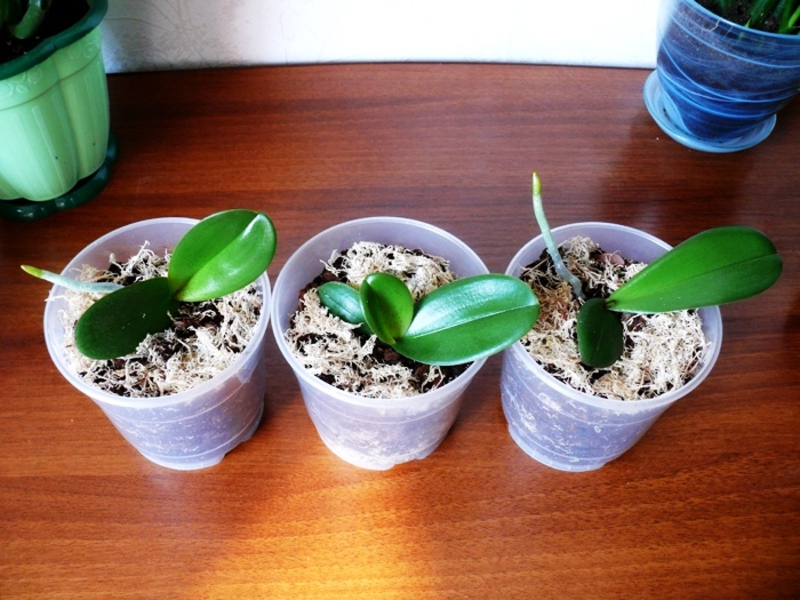

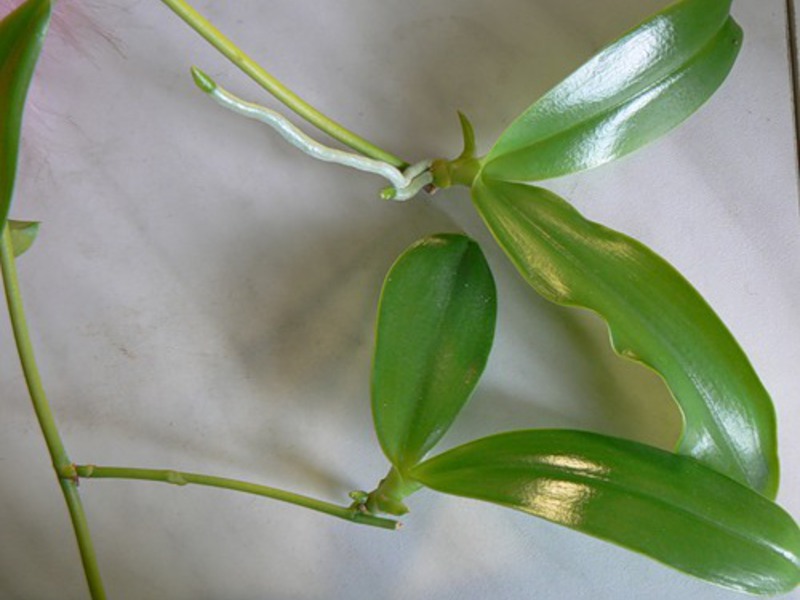

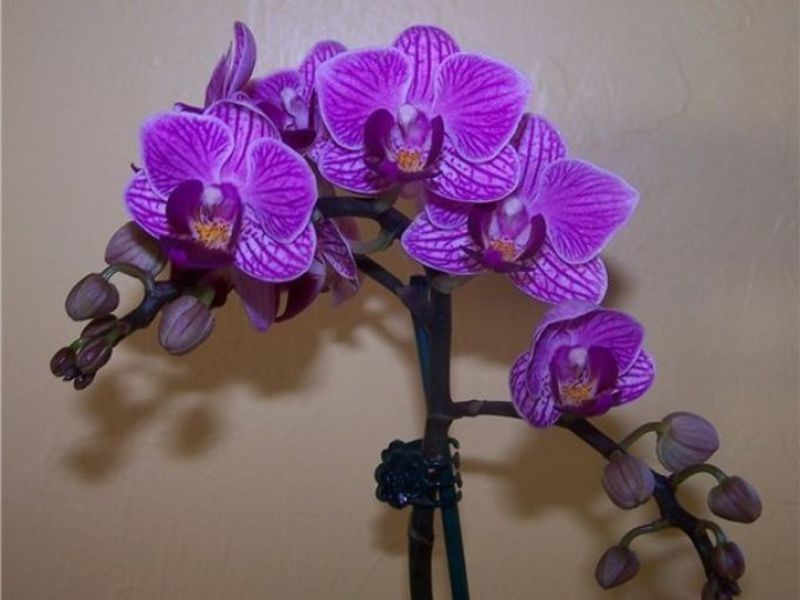
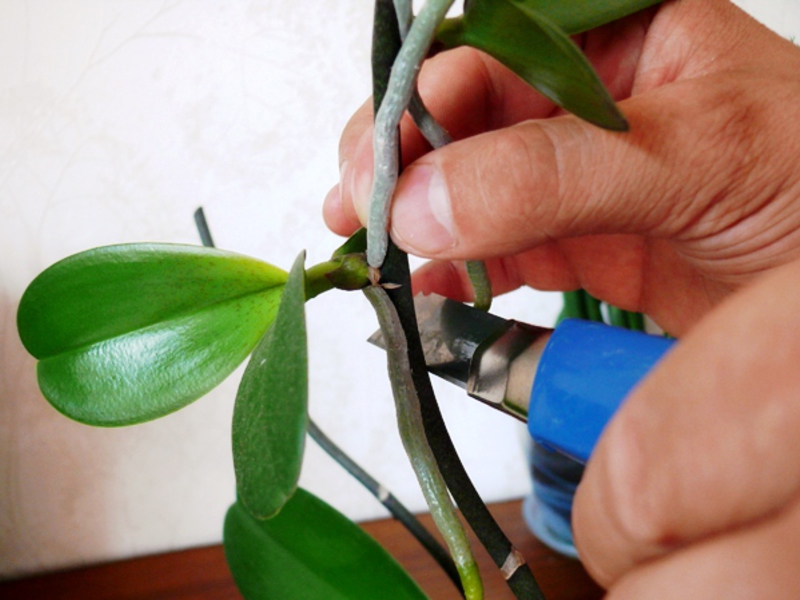
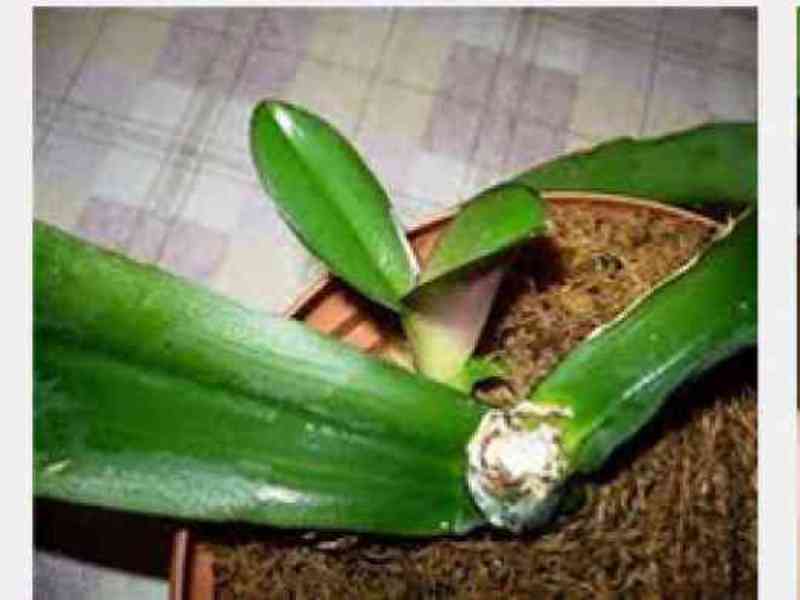
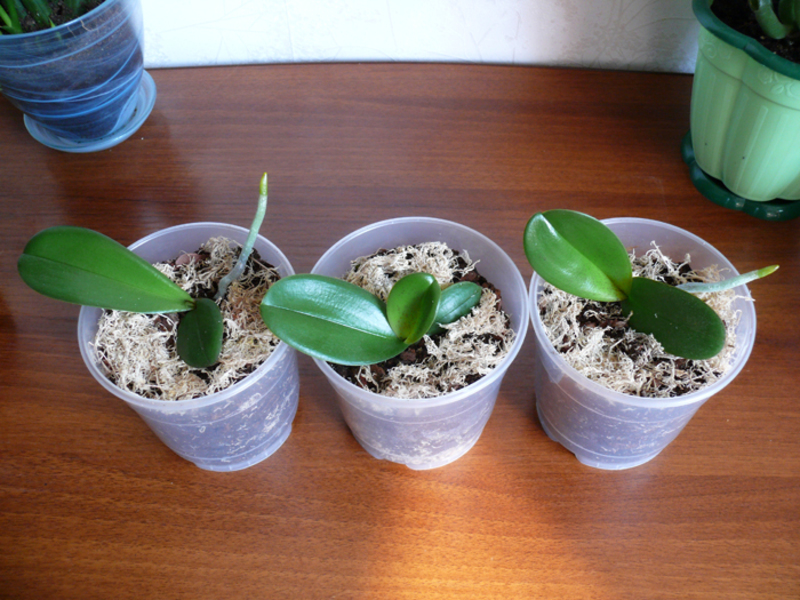
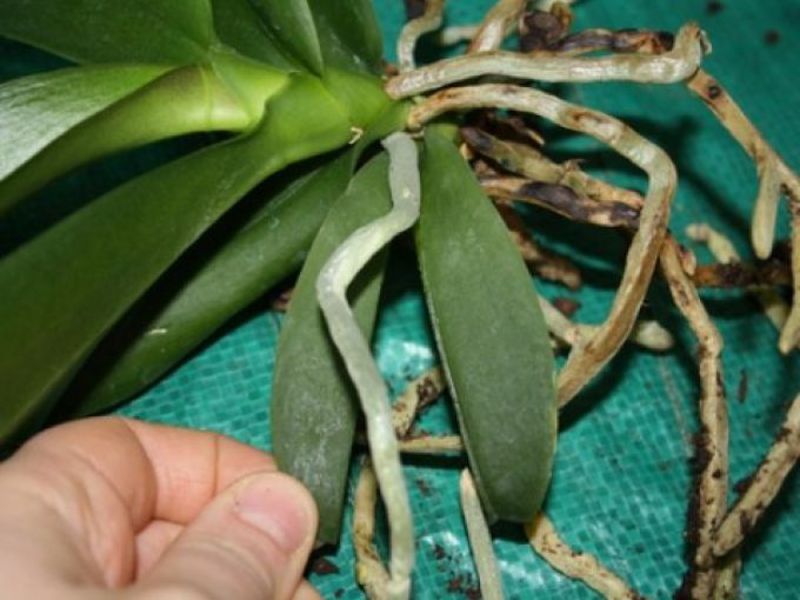
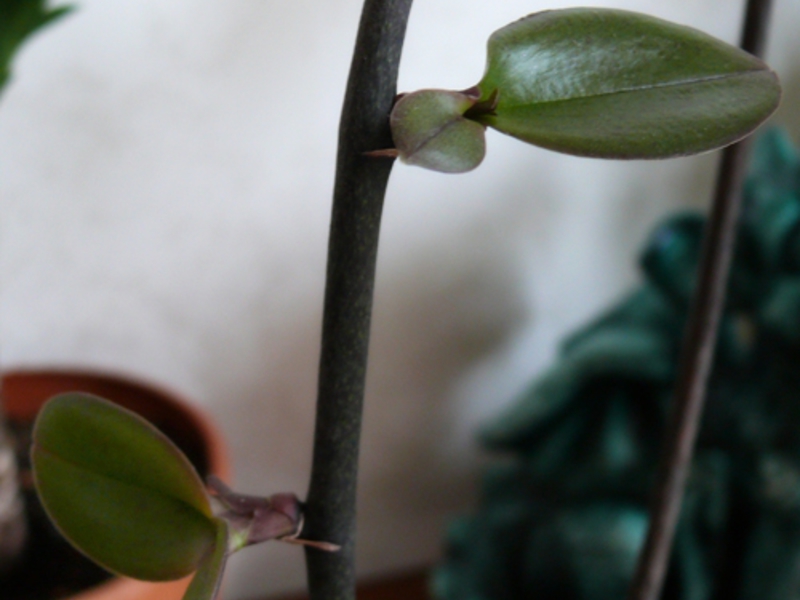
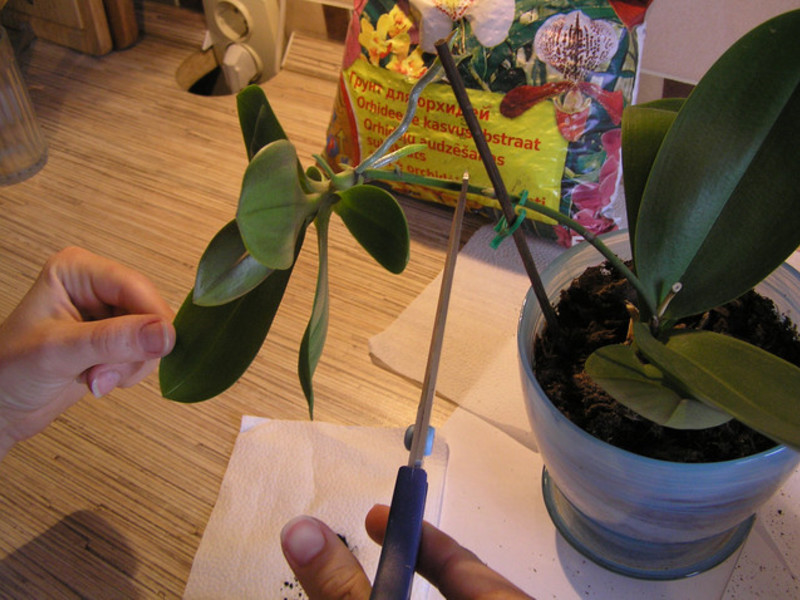
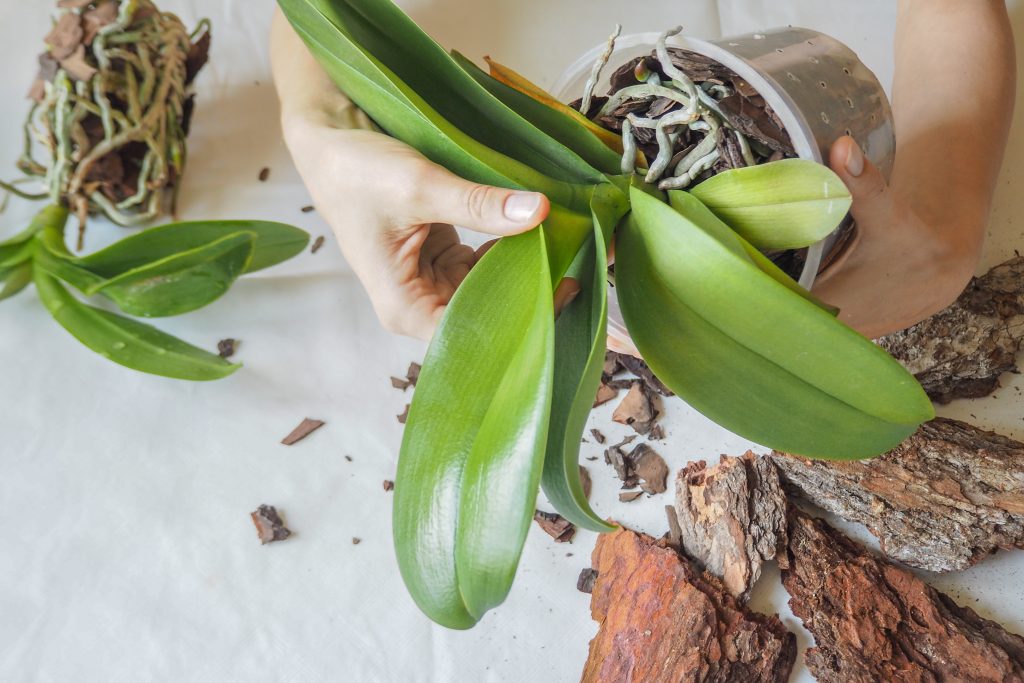
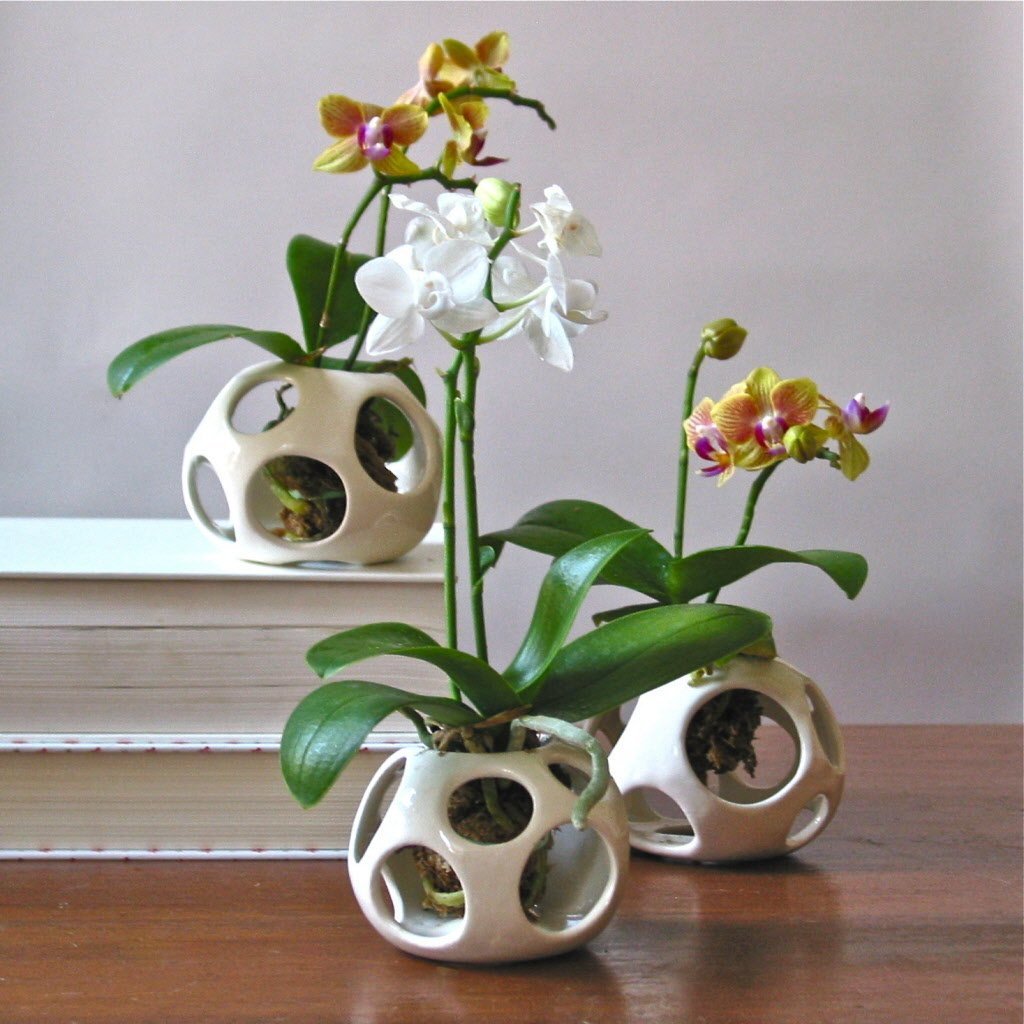

1 comment